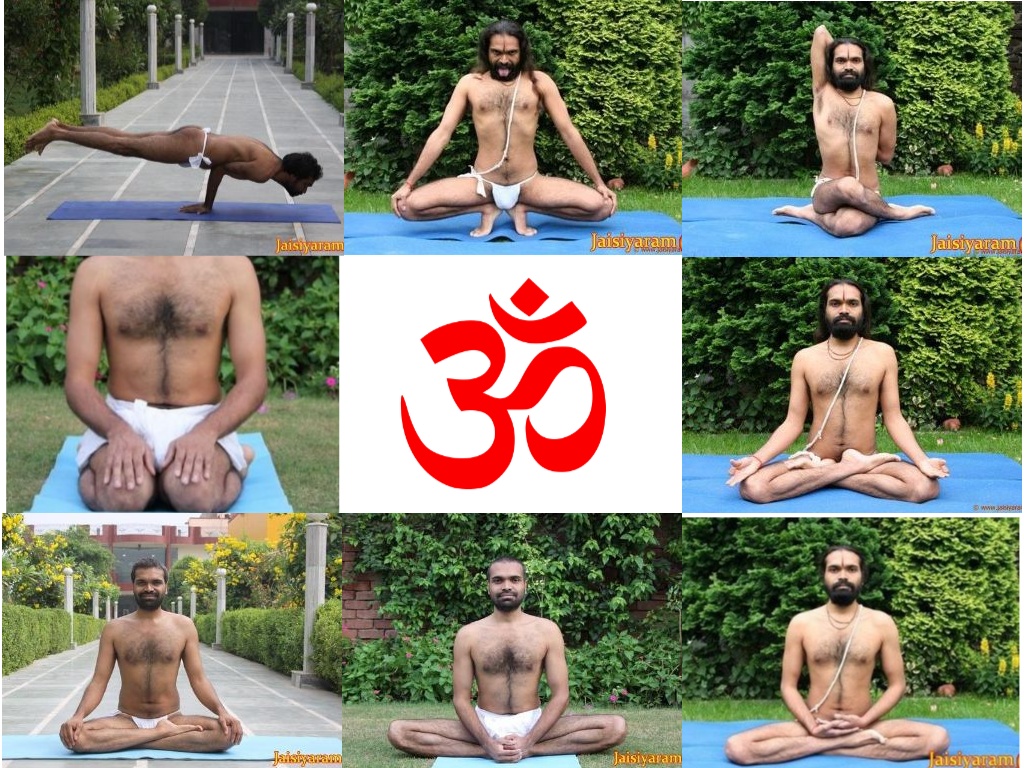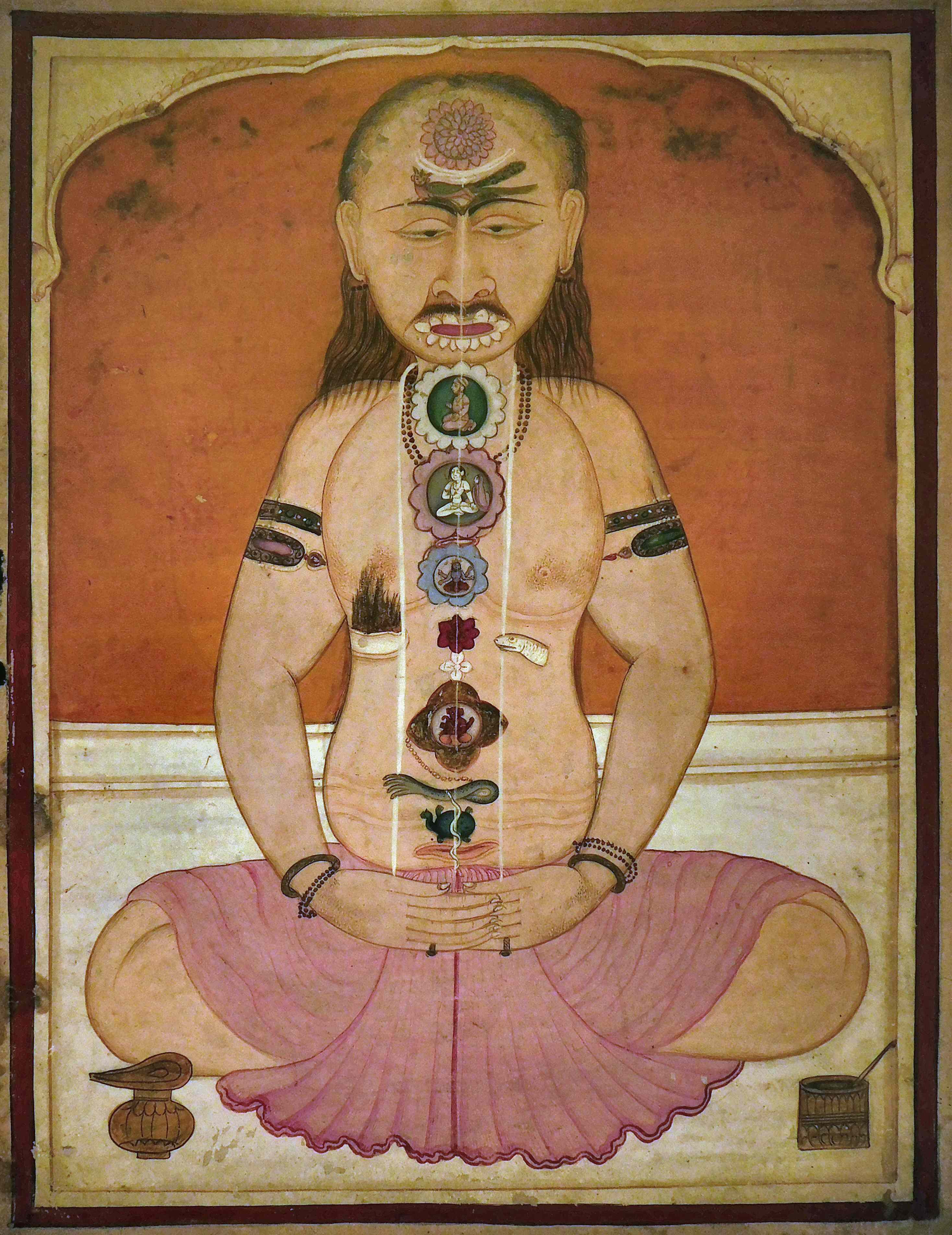|
Mitahara
''Mitahara'' () literally means the habit of moderate eating. Mitahara is also a concept in Indian philosophy, particularly Yoga, that integrates awareness about food, drink, balanced diet and consumption habits and its effect on one's body and mind. It is one of the ten yamas in ancient Indian texts.KN Aiyar (1914), Thirty Minor Upanishads, Kessinger Publishing, , Chapter 22, pages 173-176 Definition ' is a Sanskrit combination word, from (मित, moderate) and (आहार, taking food, diet), which together mean moderate diet. In Yoga and other ancient texts, it represents a concept linking nutrition to the health of one's body and mind. It is considered a yamas or self-restraint virtue in some schools of Indian traditions, where one refrains from either eating too much or too little of certain qualities of food.Steven Rosen (2011), Food for the Soul: Vegetarianism and Yoga Traditions, Praeger, , pages 25-29 Mitahara is synonymous with Mātrāśin (मात्रा� ... [...More Info...] [...Related Items...] OR: [Wikipedia] [Google] [Baidu] |
Ārjava
() literally means sincerity, straightness, and non-hypocrisy. It is one of the ten in ancient Hindu and Jaina texts. Definition means straightness, sincerity, and harmony in one’s thought, words, and actions towards oneself and towards others. Pandurang Vaman Kane, Kane translates as straightforwardness. It is described in ancient Indian texts as “self-restraint from hypocrisy", and "the absence of hypocrisy”. It is included as one of several virtuous restraints in an individual's path to spirituality. The Maharashtrian poet Vāmana in ''Avigita'', at xvi.1, posits is a form of honesty and purity in a person, and an essential virtue so that one may treat everyone equally, whether that other is one’s child, wife, relative, friend, a stranger, or someone hostile or oneself without any discrimination. The ethical concept of is synonymous with (, composite word from ). also means non-deceitful, straightforwardness, and sincerity. It is listed as a virtue in the India ... [...More Info...] [...Related Items...] OR: [Wikipedia] [Google] [Baidu] |
Charaka Samhita
The ''Charaka Samhita'' () is a Sanskrit text on Ayurveda (Indian traditional medicine). Along with the '' Sushruta Samhita'', it is one of the two foundational texts of this field that have survived from ancient India. It is one of the three works that constitute the Brhat Trayi. The text is based on the Agnivesha Samhitā, an older encyclopedic medical compendium by Agniveśa. It was revised by Charaka between 100 BCE and 200 CE and renamed ''Charaka Samhitā''. The pre-2nd century CE text consists of 8 books and 120 chapters. It describes ancient theories on the human body, etiology, symptomology and therapeutics for a wide range of diseases. The ''Charaka Samhita'' also includes sections on the importance of diet, hygiene, prevention, medical education, and the teamwork of a physician, nurse and patient necessary for recovery to health. Authorship The ''Charaka Samhita'' states that the content of the book was first taught by Atreya, and then subsequently codified b ... [...More Info...] [...Related Items...] OR: [Wikipedia] [Google] [Baidu] |
Yamas
The (), and their complement, the niyamas, represent a series of "right living" or ethical rules within Yoga philosophy. The word means "reining in" or "control". They are restraints for proper conduct given in the Vedas and the Yoga Sutras as moral imperatives, commandments, rules or goals. The are a "don't"s list of self-restraints, typically representing commitments that affect one's relations with others and self. The complementary represent the "do"s. Together and are personal obligations to live well. The earliest mention of is in the Rigveda. More than fifty texts of Hinduism, from its various traditions, discuss . Patañjali lists five in his Yoga Sūtras. Ten yamas are codified as "the restraints" in numerous Hindu texts, including Yajnavalkya Smriti in verse 3.313, the Śāṇḍilya and Vārāha Upanishads, the '' Hatha Yoga Pradipika'' by Svātmārāma, and the Tirumantiram of Tirumular. The apply broadly and include self-restraints in one's actions, w ... [...More Info...] [...Related Items...] OR: [Wikipedia] [Google] [Baidu] |
Shandilya Upanishad
The ''Shandilya Upanishad'' (Sanskrit: शाण्डिल्य उपनिषत्, IAST: Śāṇḍilya Upaniṣad) is a Sanskrit text and one of the minor Upanishads of Hinduism. It is one of twenty Yoga Upanishads in the four Vedas, and is attached to the Atharvaveda. The text is primarily focussed on Yoga techniques, and is among the most detailed in the Upanishadic corpus of texts dedicated to Yoga. It describes ten Yamas (ethical don'ts, restraints), ten Niyamas (ethical to do list, observances) and eight Asanas (postures), along with three Pranayamas, five types of Pratyaharas, five kinds of Dharana, two types of Dhyana and one Samadhi. History Gavin Flood dates the text to around 100 BCE to 300 CE. Roy Eugene Davis suggests ''Shandilya Upanishad'' probably pre-dates Patanjali's Yogasutras, while Georg Feuerstein suggests the text probably post-dates the Yogasutras. Thomas McEvilley states that the chronology of the text is uncertain, but it was probably com ... [...More Info...] [...Related Items...] OR: [Wikipedia] [Google] [Baidu] |
Ahiṃsā
(, IAST: , ) is the ancient Indian principle of nonviolence which applies to actions towards all living beings. It is a key virtue in Indian religions like Jainism, Buddhism and Hinduism. (also spelled Ahinsa) is one of the cardinal virtues of Jainism, where it is the first of the Pancha Mahavrata. It is also one of the central precepts of Hinduism and is the first of the five precepts of Buddhism. is inspired by the premise that all living beings have the spark of the divine spiritual energy; therefore, to hurt another being is to hurt oneself. is also related to the notion that all acts of violence have karmic consequences. While ancient scholars of Brahmanism had already investigated and refined the principles of , the concept reached an extraordinary development in the ethical philosophy of Jainism. Mahavira, the twenty-fourth and the last of Jainism, further strengthened the idea in . About , Valluvar emphasized and moral vegetarianism as virtues for an in ... [...More Info...] [...Related Items...] OR: [Wikipedia] [Google] [Baidu] |
Akrodha
(Sanskrit: ) literally means "free from anger". It's an important virtue in Indian philosophy and Hindu ethics. Etymology is a fusion word between the Sanskrit prefix (Sanskrit: ; "without", "non") and the term (Sanskrit: ; "anger"), meaning "without anger". A related word is (Sanskrit: ), which also means "absence of anger". Discussion is considered a virtue and desirable ethical value in Hinduism. When there is cause of anger but nevertheless there is absence of anger, this is non-anger or . Absence of anger () means being calm even when insulted or rebuked, or despite great provocation. does not mean absence of ''causes'' of anger, it means not getting angry and keeping an even, calm temper despite the circumstances. ("anger") is excessive mental turmoil on account of obstacles interfering with the gratification of some desire; it is manifestation of the quality of (dark, negative, destructive), an undesirable psychological state. The opposite of is : a productive, ... [...More Info...] [...Related Items...] OR: [Wikipedia] [Google] [Baidu] |
Shaucha
() literally means purity, cleanliness, and clearness. It refers to purity of mind, speech and body. is one of the of Yoga. It is discussed in many ancient Indian texts such as the Mahabharata and Patanjali's Yoga Sutras. It is a virtue in Hinduism and Jainism. In Hinduism purity is a part of worship and an important quality for salvation. Purity is a mind pure and free of evil thoughts and behaviors. includes outer purity of body as well as inner purity of mind. It is synonymous with (). states that in yoga is on many levels, and deepens as an understanding and evolution of self increases. In yogic practice, is considered essential for health, happiness, and general well-being. External purity is achieved through daily ablutions, while internal purity is cultivated through physical exercises, including (postures) and (breathing techniques). Along with daily ablutions to cleanse one's body, suggests clean surroundings, along with fresh and clean food to purify the bod ... [...More Info...] [...Related Items...] OR: [Wikipedia] [Google] [Baidu] |
Tamas (philosophy)
''Tamas'' (Sanskrit: तमस् ''tamas'', ) is one of the three '' guṇas'' (tendencies, qualities, attributes), a philosophical and psychological concept developed by the Samkhya school of Hindu philosophy.James G. Lochtefeld, Guna, in The Illustrated Encyclopedia of Hinduism: A-M, Vol. 1, Rosen Publishing, , p. 265. The other two qualities are '' rajas'' (passion and activity) and '' sattva'' (purity, goodness). ''Tamas'' is the quality of inertia, inactivity, dullness, or lethargy. Generally it is referred to as the lowest ''guṇa'' of the three. Etymology The Vedic word ''támas'' refers to "darkness." The Indo-European word ''*temH-es'', means "dark", and the Lithuanian word ''tamsa'', mean "darkness." Serbian word "tama" means "darkness". Hinduism In Samkhya philosophy, a is one of three "tendencies, qualities": '' sattva'', '' rajas'' and ''tamas''. This category of qualities have been widely adopted by various schools of Hinduism for categorizing behavior and n ... [...More Info...] [...Related Items...] OR: [Wikipedia] [Google] [Baidu] |
Hatha Yoga Pradipika
The ''Haṭha Yoga Pradīpikā'' ( or Light on Hatha Yoga) is a classic fifteenth-century Sanskrit manual on haṭha yoga, written by Svātmārāma, who connects the teaching's lineage to Matsyendranath of the Nathas. It is among the most influential surviving texts on haṭha yoga, being one of the three classic texts alongside the ''Gheranda Samhita'' and the ''Shiva Samhita''. More recently, eight works of early hatha yoga that may have contributed to the ''Hatha Yoga Pradipika'' have been identified. Title and composition Different manuscripts offer different titles for the text, including ''Haṭhayogapradīpikā'', ''Haṭhapradīpikā'', ''Haṭhapradī'', and ''Hath-Pradipika''. It was composed by Svātmārāma in the 15th century as a compilation of the earlier haṭha yoga texts. Svātmārāma incorporates older Sanskrit concepts into his synthesis. He introduces his system as a preparatory stage for physical purification before higher meditation or Raja Yoga. S ... [...More Info...] [...Related Items...] OR: [Wikipedia] [Google] [Baidu] |
Yoga
Yoga (UK: , US: ; 'yoga' ; ) is a group of physical, mental, and spiritual practices or disciplines that originated with its own philosophy in ancient India, aimed at controlling body and mind to attain various salvation goals, as practiced in the Hindu, Jain, and Buddhist Buddhism, also known as Buddhadharma and Dharmavinaya, is an Indian religion and List of philosophies, philosophical tradition based on Pre-sectarian Buddhism, teachings attributed to the Buddha, a wandering teacher who lived in the 6th or ... traditions. Yoga may have pre-Vedic period, Vedic origins, but is first attested in the early first millennium BCE. It developed as various traditions in the eastern Ganges basin drew from a common body of practices, including Vedas, Vedic elements. Yoga-like practices are mentioned in the ''Rigveda'' and a number of early Upanishads, but systematic yoga concepts emerge during the fifth and sixth centuries BCE in ancient India's sannyasa, ascetic and ... [...More Info...] [...Related Items...] OR: [Wikipedia] [Google] [Baidu] |
Sattva
''Sattva'' (Sanskrit: सत्त्व, meaning ''goodness'') is one of the three '' guṇas'' or "modes of existence" (tendencies, qualities, attributes), a philosophical and psychological concept understood by the Samkhya school of Hindu philosophy.James G. Lochtefeld, "Sattva", in ''The Illustrated Encyclopedia of Hinduism'': A–M, Vol. 2, Rosen Publishing, , p. 608 The other two qualities are '' rajas'' (passion and activity) and '' tamas'' (destruction, chaos). ''Sattva'' is the quality of goodness, purity, positivity, truth, serenity, balance, peacefulness, and virtuousness that is drawn towards ''Dharma'' and ''jñāna'' (knowledge).Ian Whicher (1998), ''The Integrity of the Yoga Darśana'', State University of New York Press, pp. 86–87, 124–125, 163–167, 238–243 The act or a person who bears this is called ''Satvik''. Hinduism Samkhya Philosophy In Samkhya philosophy, a is one of three "tendencies, qualities": ''sattva'', '' rajas'' and '' tamas''. This cate ... [...More Info...] [...Related Items...] OR: [Wikipedia] [Google] [Baidu] |



